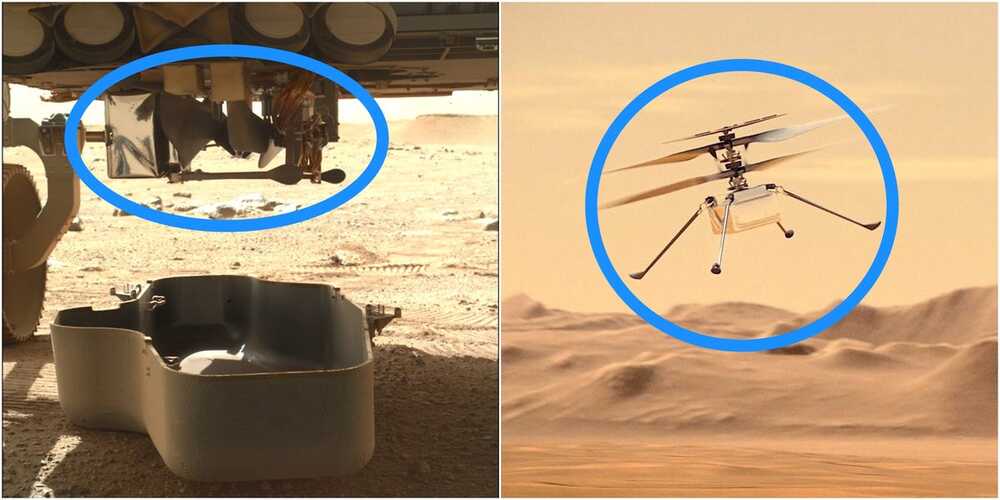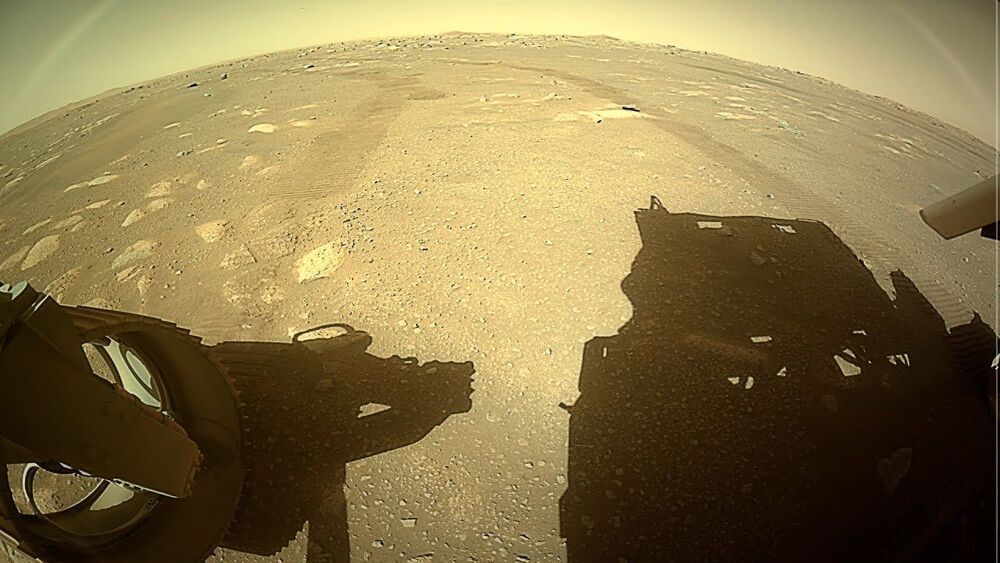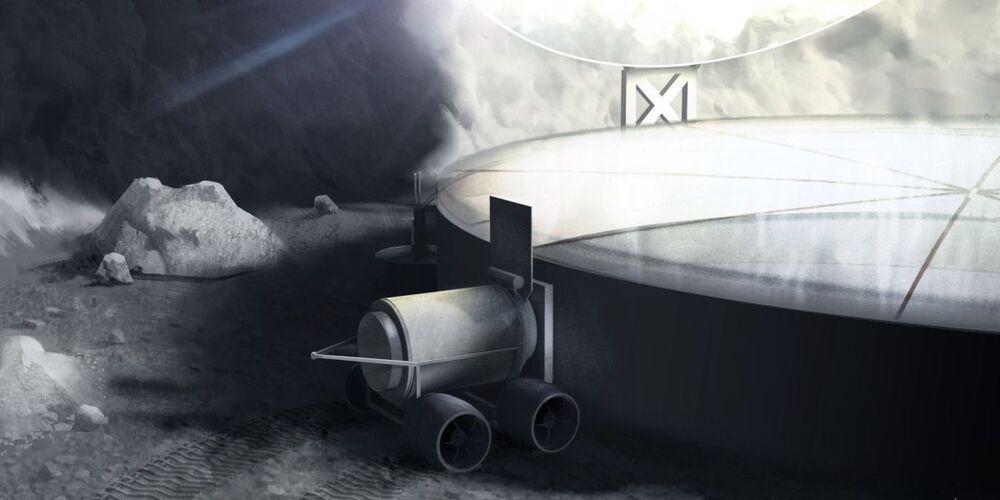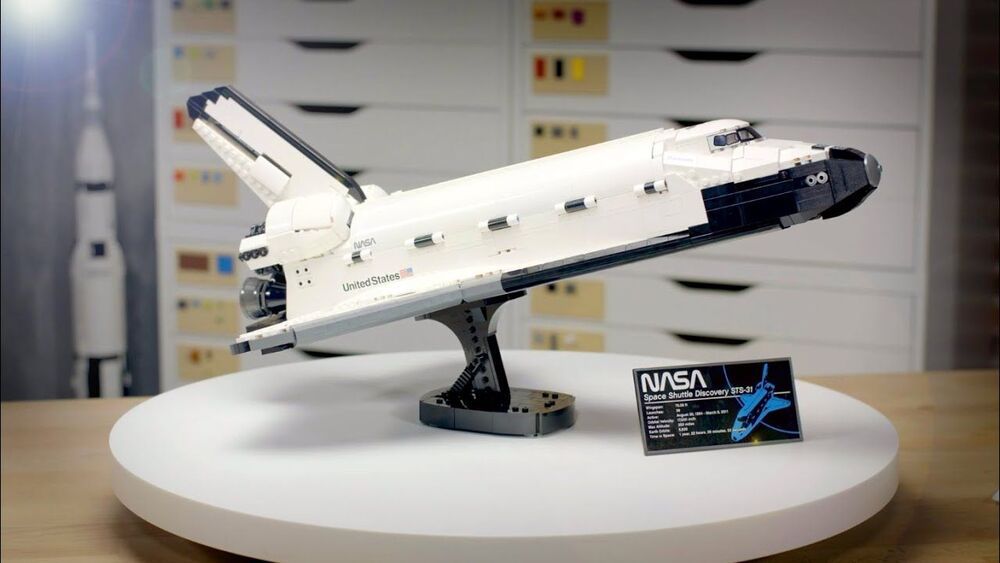(From left) Expedition 65 crew members Pyotr Dubrov, Oleg Novitskiy and Mark Vande Hei, pose for a photo during Soyuz qualification exams in Moscow.
The Expedition 64 crew continued researching how microgravity affects biology aboard the International Space Station today. The orbital residents also conducted vein and eye checks and prepared for three new crew members due in early April.
NASA Flight Engineer Shannon Walker joined Russian cosmonauts Sergey Ryzhikov and Sergey Kud-Sverchkov for vein and eye scans on Thursday. Japan Aerospace Exploration Agency astronaut Soichi Noguchi led the effort scanning veins in the trio’s neck, clavicle and shoulder areas using the Ultrasound 2 device in the morning. In the afternoon, Noguchi examined Walker’s eyes using the orbiting lab’s optical coherence tomography gear.
Walker also assisted fellow Flight Engineer Kate Rubins of NASA setting up samples of tiny worms for viewing in a microscope. Rubins captured video of the microscopic worms wriggling around to learn how microgravity affects genetic expression and muscle function. Insights from the Micro-16 study may benefit human health on and off the Earth.









